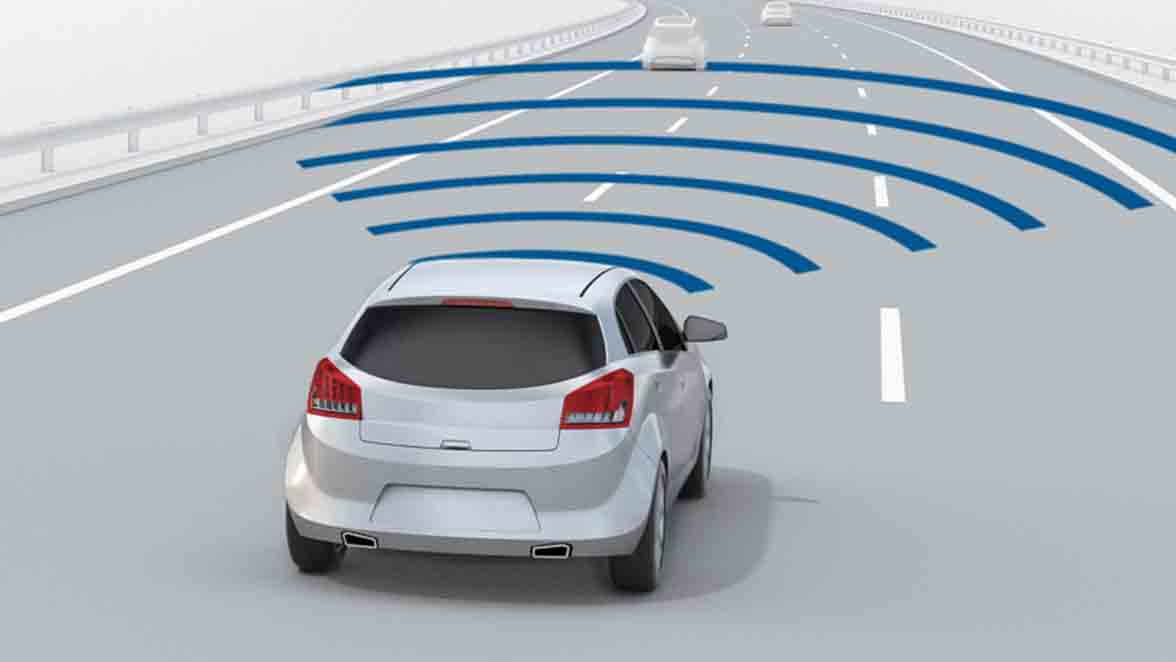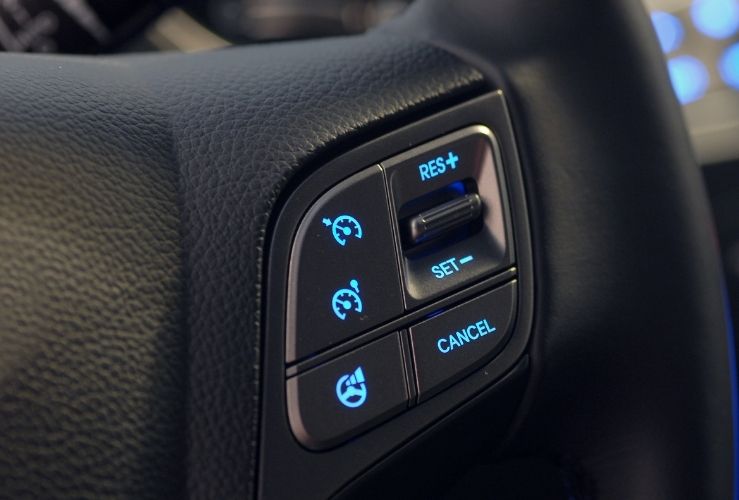How to Use Cruise Control: Specific Things You Need to Know Well Driving Academy
Table Of Content
- How Cruise Control Systems Work
- Future Applications Of Adaptive Cruise Control
- Comparative Analysis of Modern Cruise Control Systems
- Report: The Hydrogen Car Experience Is Coming Apart
- How Does Cruise Control Work With Adaptive Cruise Control?
- List of adaptive cruise control cars in India
- Is cruise control bad for your transmission?

Consequently, a vehicle six or seven car lengths ahead of you moving into your lane became almost an airbag-deploying event. However, as ACC systems evolved and improved, we became more accustomed to them. Cruise control is still the more prolific of speed controls offered on today’s new cars, but adaptive cruise control has started gaining ground. More car models provide it as standard or as an available option.
How Cruise Control Systems Work
BMW iX xDrive50, iX M60 Recalled for Cruise Control Problem - Car and Driver
BMW iX xDrive50, iX M60 Recalled for Cruise Control Problem.
Posted: Thu, 22 Jun 2023 07:00:00 GMT [source]
However, do not cross the speed limit of that particular road/highway. Cruise control can be effectively used on national highways and expressways in India. However, on smaller lanes and state highways, the chances of unforeseeable factors like cattle, dogs, stopped vehicles, etc., are very high, so ensure safety. At any time during your drive, if you want to drive manually, you can "stop" cruise control by pressing the clutch and/or accelerator. Regardless of where the cruise control system is located in your car, they're governed by the same mechanisms.
Future Applications Of Adaptive Cruise Control
At its core, cruise control involves a series of sensors that monitor the vehicle's speed and a control unit that regulates the throttle. When the driver sets the cruise control to a specific speed, the system adjusts the throttle to maintain that speed. If the car begins to slow down because of an incline (e.g. going up a hill), the system will open the throttle to accelerate. Conversely, if the car starts to speed up due to a declin (e.g. going downhill), the system will close the throttle to decelerate.
Comparative Analysis of Modern Cruise Control Systems
If there are multiple vehicles in the sensor’s field of coverage at the same time, it automatically selects which of the vehicles the system should track. Using cruise control while commuting through a highway in clear weather is advisable. If you wish to use cruise control within city limits, adaptive cruise control will be a better choice. You must note that you do not use the cruise control system in adverse weather conditions like heavy rains, thunderstorms, and snow. During these conditions, the visibility on the road is very low, making it unsafe for the car to cruise at high speed. Once you’ve gained confidence in using cruise control, you can start experimenting with controlling the car’s speed with the plus/minus keys or toggle switch.
Using cruise control can improve fuel efficiency by helping drivers maintain a consistent speed and reduce unnecessary acceleration. It can also reduce driver fatigue during long drives by allowing them to rest their feet. For most drivers, using cruise control on the highway at 80 km/h can reduce fuel consumption by about 20 per cent. For drivers who find difficulty in maintaining a steady speed and frequently experience big fluctuations, using cruise control can cut fuel use by over 40 per cent. Ford’s Co-Pilot360 includes adaptive cruise control with stop-and-go and lane-centering.
How Does Cruise Control Work With Adaptive Cruise Control?
So, always be mindful of the weather condition and your surroundings before engaging the system. The system constantly maintains the speed set by you (driver) irrespective of road conditions. For example, if there’s an incline ahead, cruise control adjusts the throttle accordingly to maintain the same speed. Initially, the system used a cable to control the accelerator (throttle valve).
Five cars and SUVs with adaptive cruise control under Rs 20 lakh - The Times of India
Five cars and SUVs with adaptive cruise control under Rs 20 lakh.
Posted: Sat, 09 Mar 2024 08:00:00 GMT [source]
However, locating the exact button when the vehicle is parked is better to avoid any distractions while driving. But with the advent of technology in the automotive industry, the cruise control system in modern cars entirely relies on electronics. Instead of a cable, the system now communicates with the throttle via various sensors connected to a computer (ECU - Electronic Control Unit).
Adaptive cruise control systems vary in sophistication from carmaker to carmaker and sometimes even model to model. For example, Genesis calls it Smart Cruise Control, while BMW identifies it as Distance Control. However, in a nutshell, the feature holds a safe preset speed while maintaining a safe following distance from the traffic before it. With cruise control, drivers need to brake to slow down as they close in on a slower vehicle in traffic. With adaptive cruise control, the system makes these braking inputs automatically, and the vehicle speeds back up to its pre-set cruising speed once traffic clears. Cruise control work with a manual transmission just the same way it does with an automatic.

If the vehicle in the front appears suddenly and comes too close to the car, adaptive cruise control will stop the vehicle to avoid a collision. That’s been the case for the last decade or so, so there are loads of used cars with cruise control, as well. Go back to the 2010s and earlier, and you’ll generally only find cruise control on high-spec models. Next, press the button labelled SET or RES (resume) which activates the system. You’ll see a green mark on the speedo and/or a message saying the system is active. Here’s a rundown of the terms the various carmakers use for ACC, even those that simply call it adaptive cruise control.
Although the state of autonomous driving today is Level 2, a few carmakers are on the precipice of Level 3. For example, Tesla’s Enhanced Autopilot, Ford’s BlueCruise, the Mercedes Drive Pilot, and General Motors’ Super Cruise bring the potential for Level 3. A few over-the-air software tweaks will turn the potential into reality.
Once deactivated, you will be in full control of your vehicle once again. Delphi's 76-GHz system can also detect objects as far away as 492 feet, and operates at speeds as low as 20 mph (32 kph). The brain of a cruise control system is a small computer that is normally found under the hood or behind the dashboard. It connects to the throttle control seen in the previous section, as well as several sensors. The diagram below shows the inputs and outputs of a typical cruise control system.
This innovative feature was designed to help drivers maintain a steady speed, reduce fatigue while driving, and improve fuel efficiency. Over the years, cruise control technology has undergone significant advancements, leading to the development of sophisticated systems like adaptive cruise control. Cruise control, also known as speed control, is an electronic system that allows you to maintain a specific speed without manually controlling the accelerator pedal. The system uses sensors and electronic components to control the throttle and keep your car moving at a desired speed. First introduced in the late 1950s, cruise control has since become a standard feature in most modern vehicles you see on the road today. Adaptive cruise control is similar to conventional cruise control in that it maintains the vehicle's pre-set speed.
Comments
Post a Comment